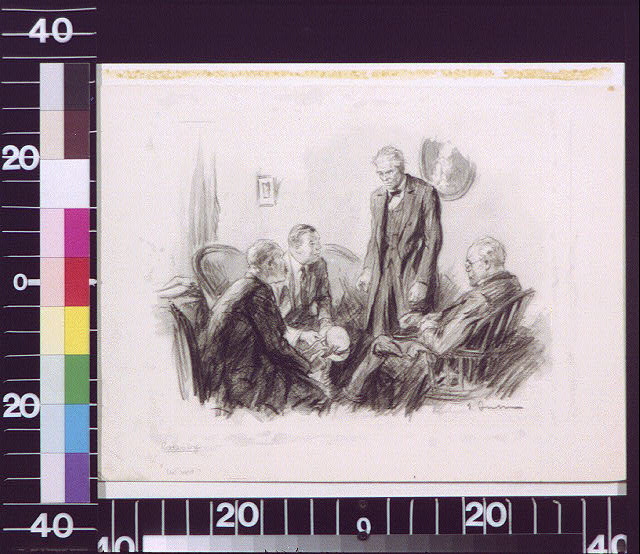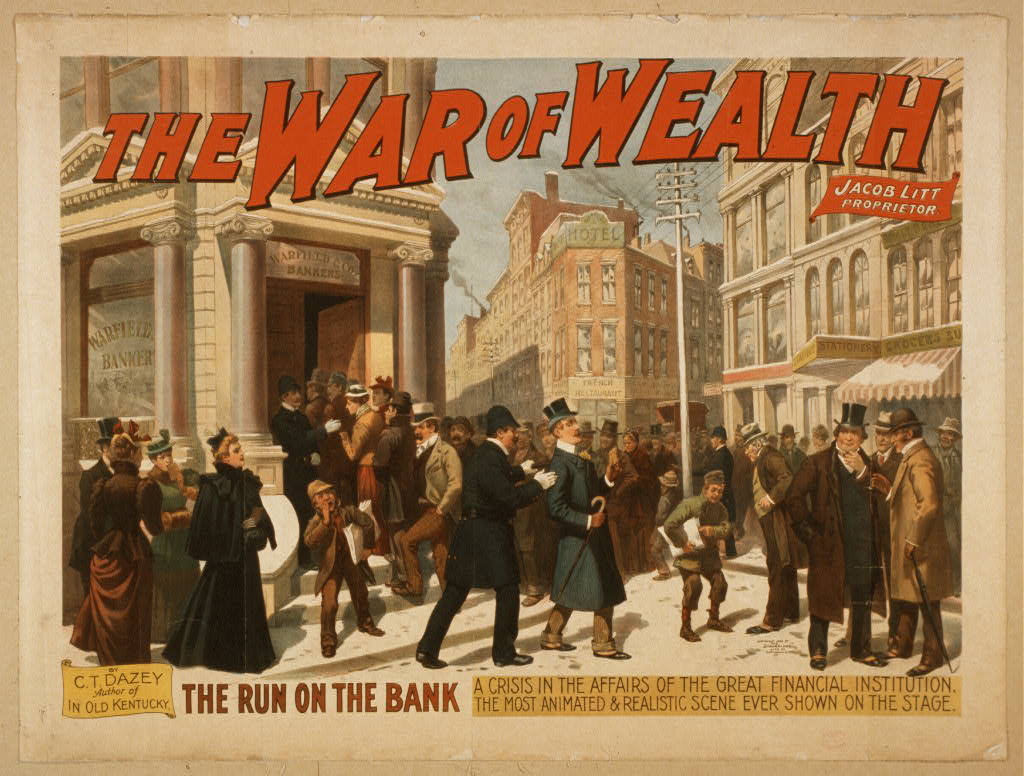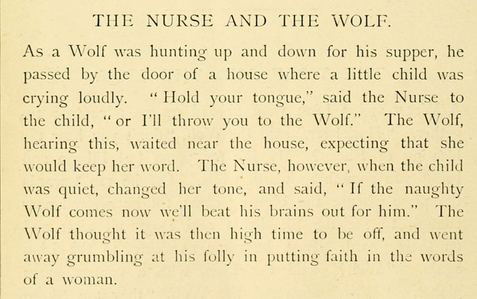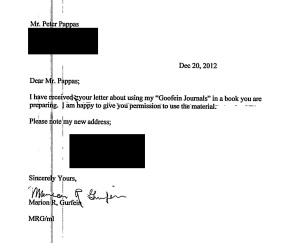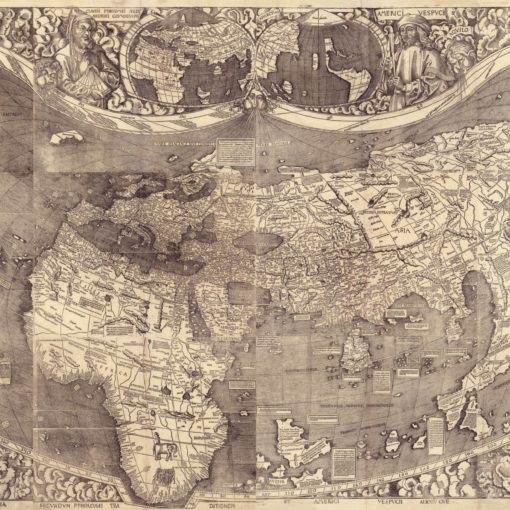Written Conversation Procedure:
Have a silent conversation by talking on paper. Two people share a piece of paper and a pencil and silently discuss the reading by writing back and forth to each other. No talking is allowed except with young children who often need to read what they have written to each other out loud.Anomalies:
Write down questions or ideas that surprise you about the reading. Once you finish reading, look back over your questions to identify the ones that you are still wondering about or ones that might intrigue others. Discuss the questions and generate new anomalies.Graffiti Board:
Put a big sheet of paper on the table. Each group member takes a corner of the paper and writes and sketches their thoughts about the reading in a graffiti fashion. The responses, comments, sketches, quotes, and connections are not organized. The major focus is on recording initial responses during or immediately after a reading.Quotables:
Choose several important quotes from the reading. During the course of our discussion/analysis, bring your quote—printed, in [at least] 14 pt. font size and staple it to the “Quotables” bulletin board. Be sure to CITE the quote clearly on the front! We want to be able to get there quickly during our discussion!Story Quilt:
Using the cardstock cut to resemble a square on the back counter, create a quilt square featuring a significant idea/quote from the reading. Include a border with a repeated design or symbol that represents a key idea from the reading. Draw a visual representation of an idea/quote from the reading in the middle of the designed side of the quilt square, and be sure to CITE its location! On the backside of the quilt square, write a brief explanation of why the idea/quote was chosen! Be sure to CITE and explain the chosen idea/quote on the backside of the square!Collage Reading/Text Rendering (Connection):
Mark ideas/quotes that are significant to you as you read.- In a collage reading, class members read aloud quotes to the entire class. One person reads a quote and then someone else comes in with another quote and the sharing continues in no particular order. Readers choose when they will share a particular quote in order to build off of what someone else has read. There are no comments about the quotes during the sharing.
- Text Rendering is similar except that someone shares an idea or quote and states why they chose it and then someone else shares a quote. There is no discussion about the quotes or the comments until after the text rendering is finished.
Say Something (Invitation; Text-based Response):
Two people share the reading of some text. The first person reads aloud a chunk of text (several paragraphs or a page) to the other person. When the reader stops, both “say something” by making a prediction, sharing personal connections, asking questions, or commenting on the story. The second reader then reads aloud a chunk of text and again stops and both “say something.” The two readers continue alternating the reading of the story, commenting after each reading, until the story is completed. Ideas from the “say something” should be recorded on a reading log or other comprehension strategy used for the reading event.Save the Last Word for Me (Invitation; Text-based response):
As you read, note passages or quotes that catch your attention because they are interesting, powerful, confusing, or contradictory and highlight them on your Reading Log [or other comprehension strategy]. On another piece of paper, write your response or why you found that particular passage noteworthy. In the group, one person shares a quote [only] and the rest of the group briefly discusses their response to that quote. When the discussion dies down, the person who chose and provided the quote shares with the group why he/she chose it. That person has the last word and the group then moves on to another person who shares a quote starting the process again.Sketch to Stretch (Invitation; Reader-based response):
After reading, choose an idea (or two) and draw a sketch (a quick graphic or symbolic representation) of what the reading meant to you – not an illustration of the exact idea – but rather your connections to the ideas in the reading. What image does your mind construct to represent the idea/s?- On the backside of your sketch, explain why you drew the representation and CITE where in the text the idea/s are from. In the group, show your sketch, letting others comment on the meanings they see in the sketch before you share your meaning. Talk about your sketches with each other and discuss the different ideas raised by the sketches. Share ideas with the whole class after the small groups.
Heart Maps (Investigation):
After an initial discussion of the reading, the group chooses an idea/quote or several ideas/quotes that they would like to think about further. On a big piece of paper the group maps that idea’s “heart”. The group discusses values and beliefs implied by the idea/quote and what people or events are important to the idea/quote. These are mapped into a heart shape, using spatial relationships, color, and size to show the relative importance of each idea and the relationships between ideas. Pair these discussion strategies with any of the primary source analysis strategies you know of or listed on TPSConnect to help your students engage and gain a deeper understanding of historical documents.*Each of the discussion strategies above were written and recommended by Dr. Roland Schendel, Assistant Professor of Literacy at the MSU Denver School of Education.
Photo Credit: [Four men in discussion]| loc.gov/resource/cai.2a12753/

